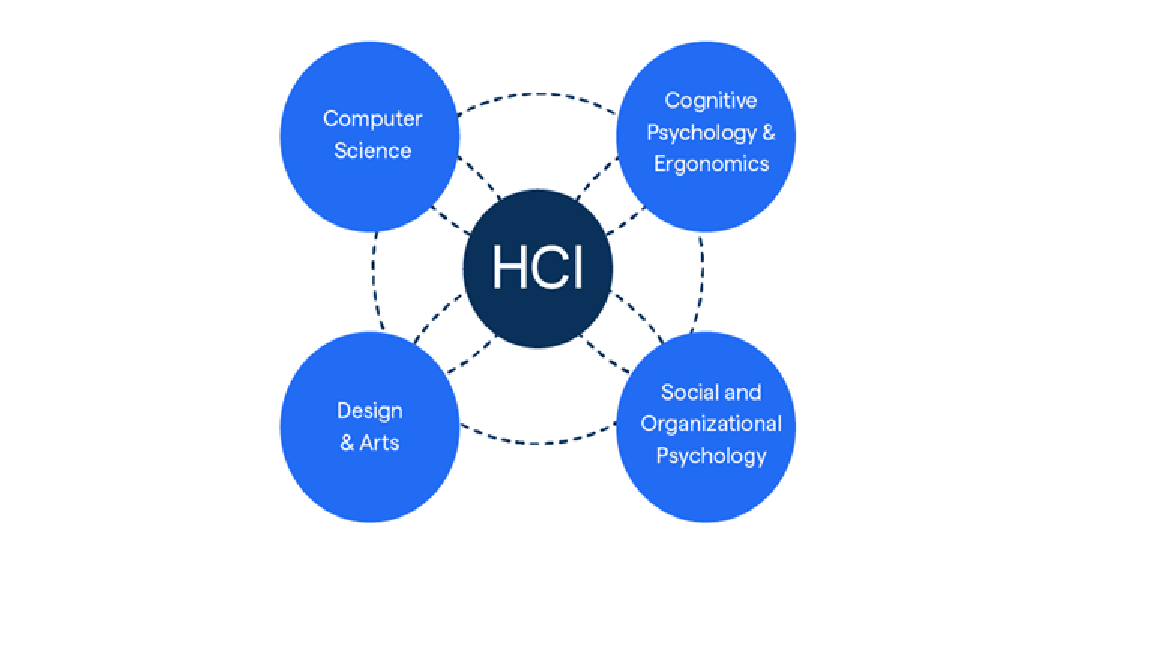Human-Computer Interaction in Virtual Reality Environments: Design Principles and User Experience
Main Article Content
Abstract
Human-Computer Interaction (HCI) in Virtual Reality (VR) environments is a rapidly evolving field that seeks to enhance user experience through immersive and intuitive design principles. As VR technology advances, the interaction between humans and virtual systems becomes increasingly complex, requiring innovative approaches to ensure usability, accessibility, and engagement. This paper explores the fundamental principles of HCI in VR, focusing on interaction techniques, input modalities, feedback mechanisms, and the psychological impact of virtual experiences. Various interaction techniques, such as hand tracking, motion controllers, eye-tracking, and voice commands, are examined, highlighting their advantages and limitations in different applications. Additionally, feedback mechanisms, including haptic feedback, spatial audio, and visual cues, play a crucial role in enhancing realism and user immersion. The study also addresses cognitive and ergonomic challenges, such as motion sickness, cognitive load, and the importance of adaptive interfaces that accommodate diverse user needs. Furthermore, the concept of presence—the feeling of “being there” in a virtual space—is explored, emphasizing how design choices influence immersion and engagement. Accessibility considerations, including designing for users with disabilities and optimizing VR experiences for different demographics, are also discussed. By analyzing current trends, user experience research, and best practices, this study provides insights for designers, developers, and researchers aiming to create effective, user-friendly, and inclusive VR applications. Ultimately, the goal is to improve the seamless integration of humans and virtual environments, enhancing usability and effectiveness across various domains such as gaming, education, healthcare, and remote collaboration.
